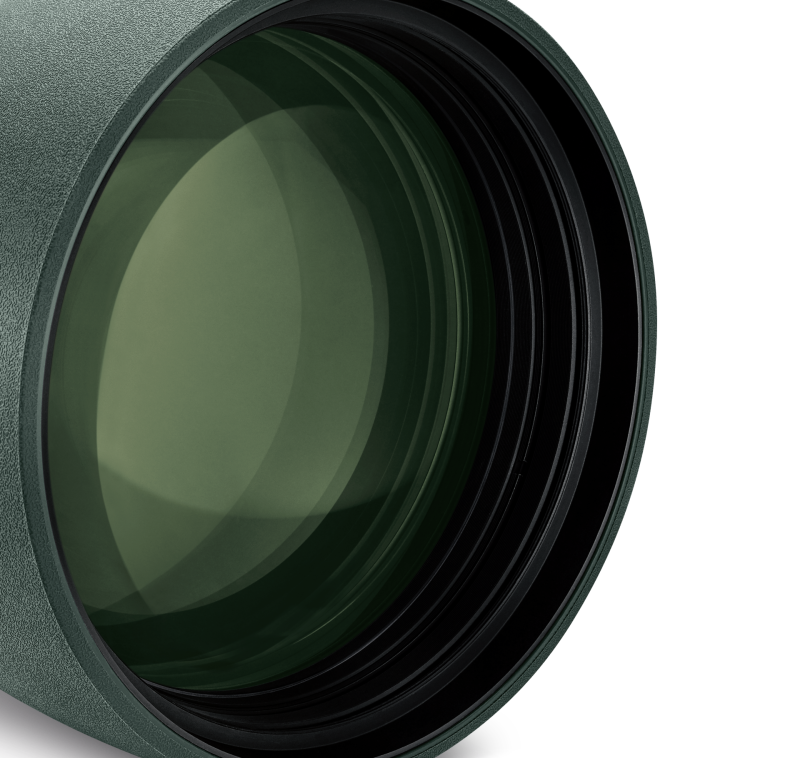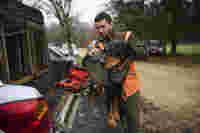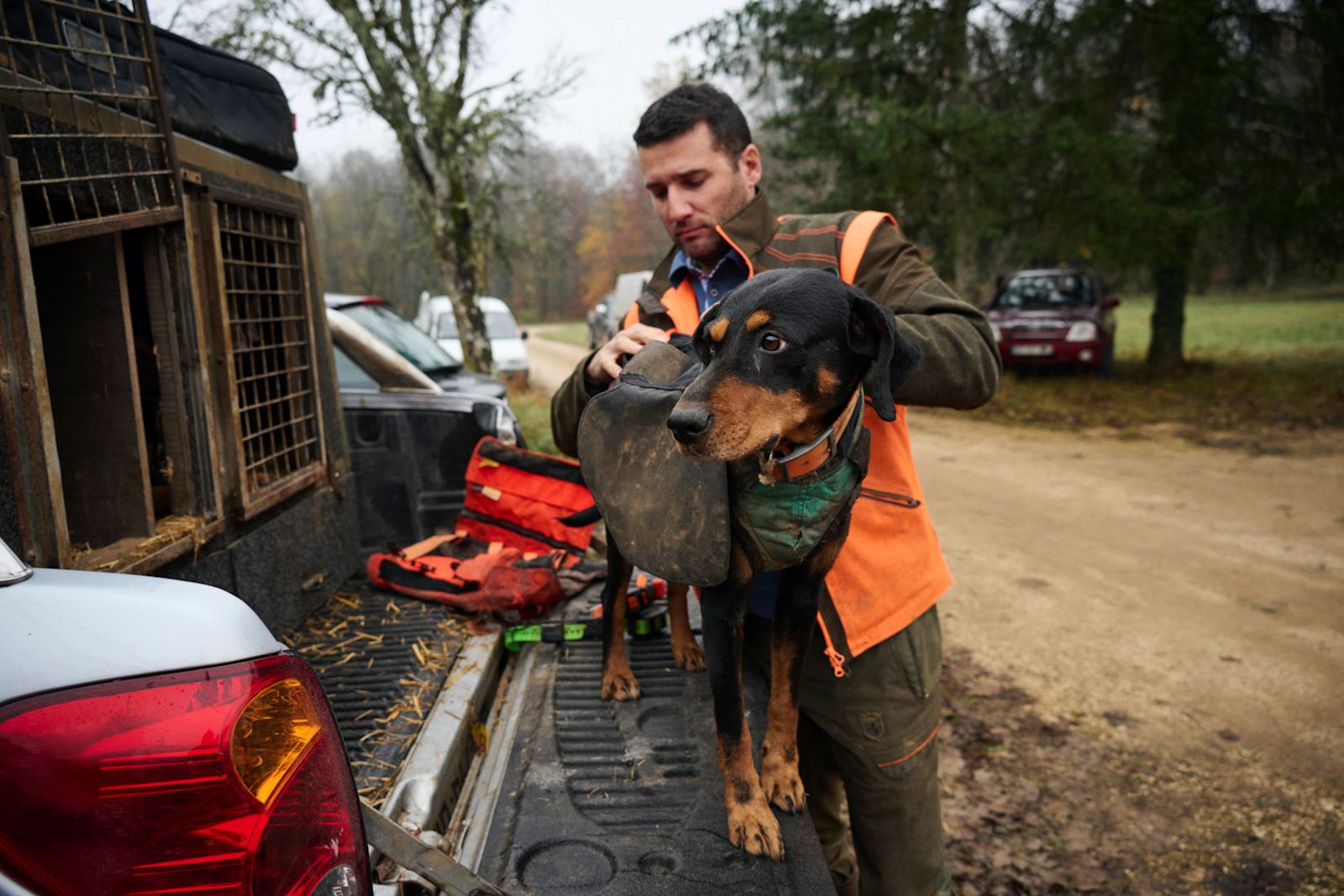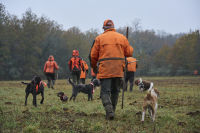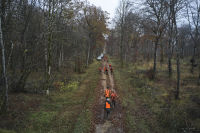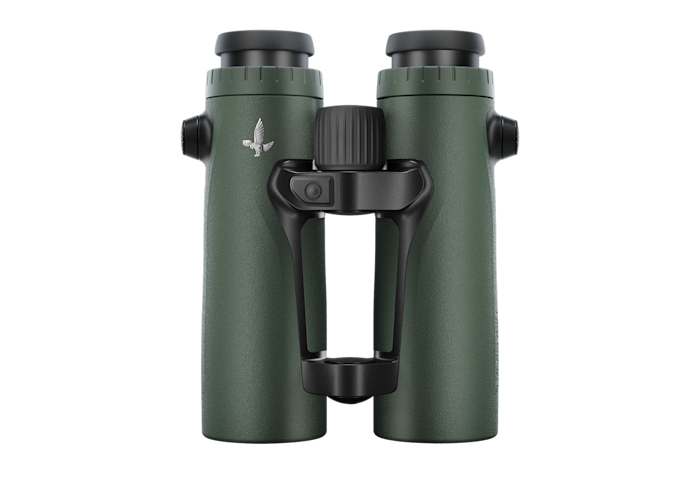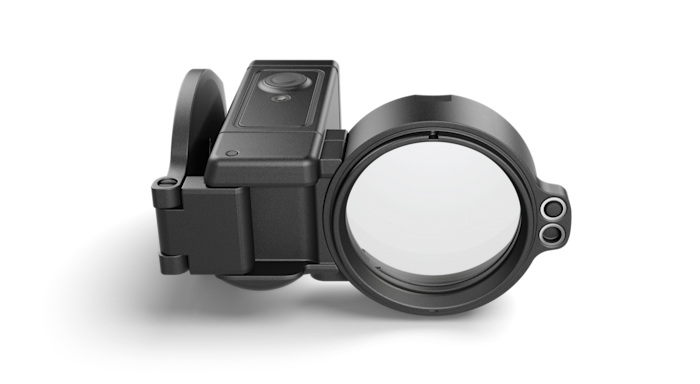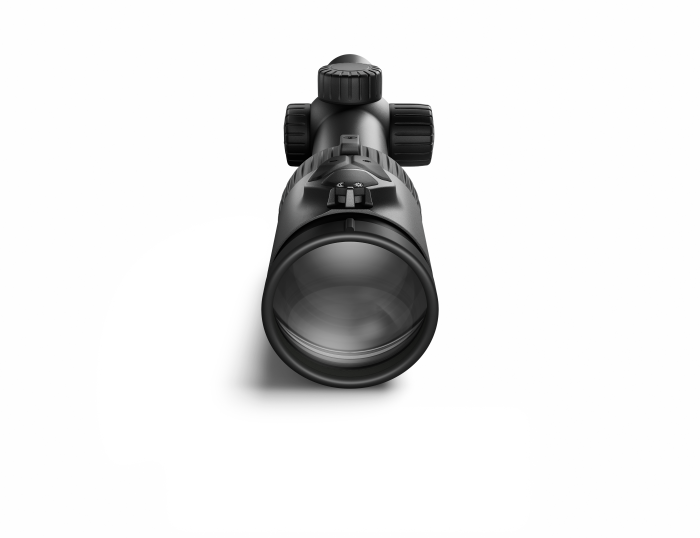In most hunting situations you are hunting alone, and even when you are in a group you are ultimately hunting for yourself. conversely, a driven hunt is based purely on teamwork. Preparation, planning, and safe decisionmaking on the stand are paramount.
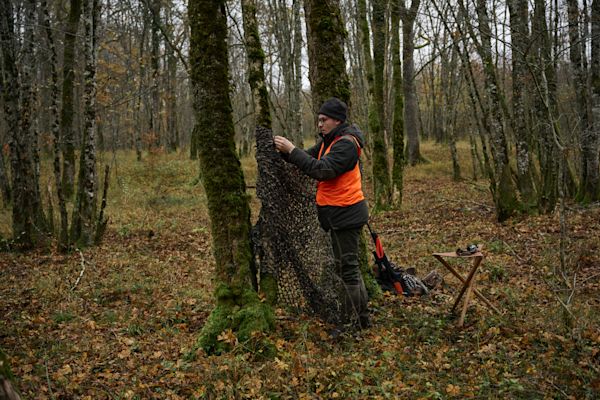
2.
A complete view
Start by building a precise overview of the area around the stand: Where could game emerge from? Where are your neighboring shooters? In which areas are you not allowed to shoot?TIP: on stands with wide fields of view and longer distances, use the EL Range TA 8x42 to measure the distance to a few landmarks in the terrain. In the case of a large boar, it can be very easy to miscalculate distances. If you know the exact measurement, there is less risk of taking a low probability shot.

3.
Keep ethics in the forefront
If you have the feeling “this isn’t going to be a good shot,” it’s better not to pull the trigger. On driven hunts, the golden rule is: only fire safe and clear shots to avoid animal suffering and obtain first-class wild-game meat.
Always remember: a driven hunt is not a competition. The aim is not to harvest as many wild boar as possible. When a group comes into view, the excitement can be overwhelming. At times like these, it is particularly important to remember the strict principles of hunting ethics. Only if an animal has been cleanly harvested or you’re sure that you’ve fired a fatal shot, can you shoot another one.
Know your limits: long-range shots reduce your chances of a successful hunting session. Even among experienced shooters with excellent skills, few will target a fast-moving animal beyond 60 meters (65 yards).
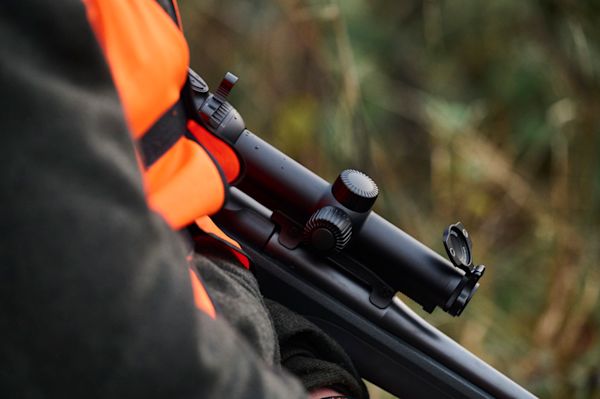
4.
Driven hunts? Absolutely - but safely!
For obvious reasons, safety precautions are a top priority. High-visibility vests are mandatory – including for the dogs. A safety armband or a hat band is simply not enough. Additionally, we recommend tracking collars for the dogs to ensure they can be found quickly and cared for in the event of any injury.
Prior to the start of the hunt, each shooter must be personally allocated a stand. They must also be made aware of hazardous areas.

5.
Hunting in experienced company
Although it might often seem to be the case: group hunts are not all about the social aspects within the hunting party. The main emphasis is on minimizing ecological and economic damage in the hunting area caused by the game species – specifically within as short a time period as possible. It is important to be aware that a large proportion of this damage is the result of insufficient rest periods in the hunting area and inconsistent hunting strategies. It goes without saying that only very experienced hunters should take part in these hunts.

